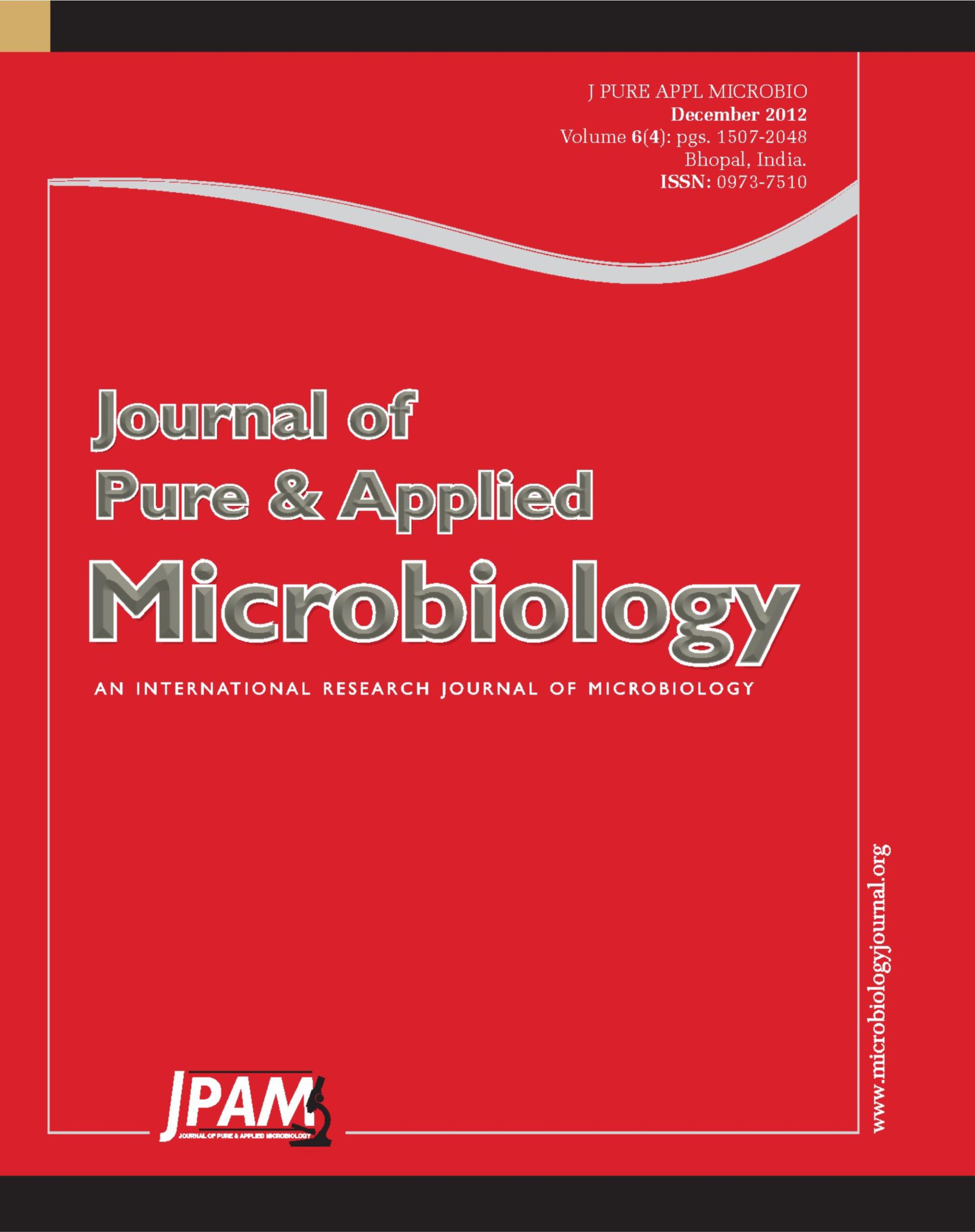There are different procedures to prepare sausages, baloney, and hamburgers. One of the most common ways to produce such materials is using a special product called MDM (Mechanically Deboned poultry Meat). The MDM is in fact all the chicken leftovers and wastes such as skin, bones, and unusable parts from places like restaurants and fast food stands, which are transferred to factories in an unhealthy and unsanitary condition and are mixed and changed into MDM (Mechanically Deboned poultry Meat). The aim of the study is to determine the microbial rate of the material, which is going to be used in food products abundantly used by the people especially by children. 100 samples of MDM in bone removal machine of the Sausage producing companies were gathered. The MDM samples were immediately transferred to the laboratory in cold temperature conditions and their microbial properties were assessed and tested based on the Iran standard institution. The contamination rates of the samples were as follows: 68% Staphylococcus aureus, 62% fermentative, 59% E.coli, 53% different types of Salmonella, 21% mustiness and the infected samples serotypes to Salmonella were as follows, 25% S. gallinarum, 19% S. typhimorium, 17% S. enteritidis, 15% S. paratyphi A, 15% S. paratyphi C and 9% S. paratyphi B. When counting the number of colonies, it became clear that the rate of the contamination in 10% of the samples was beyond the limits and higher than the authorized level.
MDM, Buder, Salmonella, Staph. aureus, E.coli
© The Author(s) 2012. Open Access. This article is distributed under the terms of the Creative Commons Attribution 4.0 International License which permits unrestricted use, sharing, distribution, and reproduction in any medium, provided you give appropriate credit to the original author(s) and the source, provide a link to the Creative Commons license, and indicate if changes were made.


